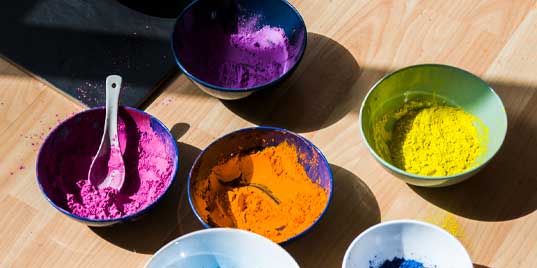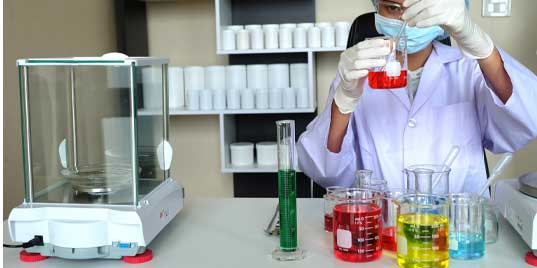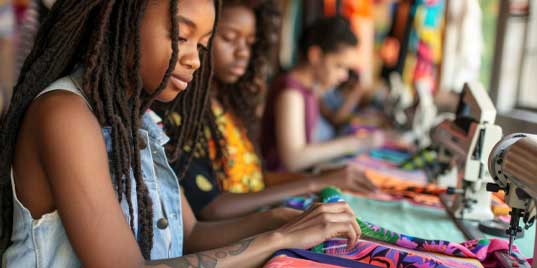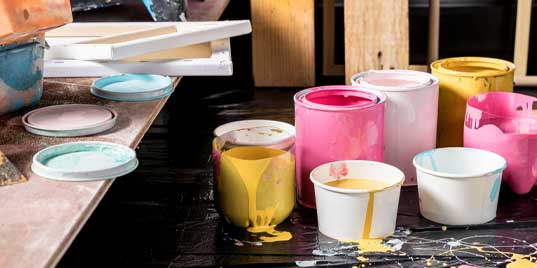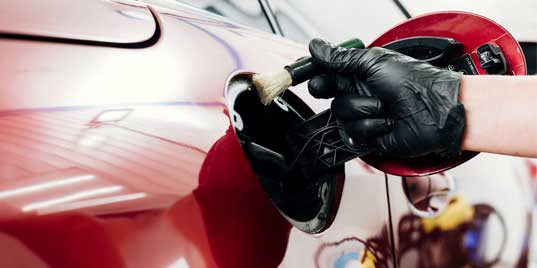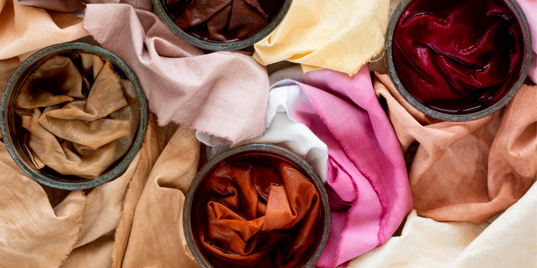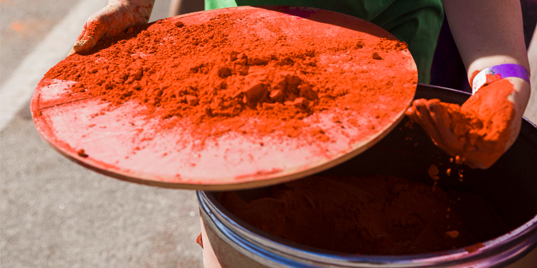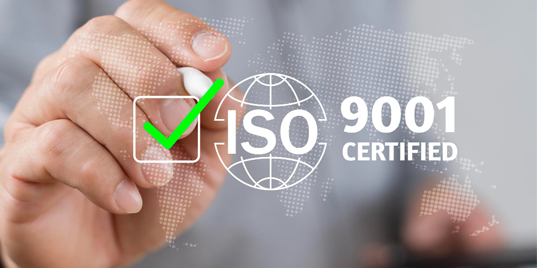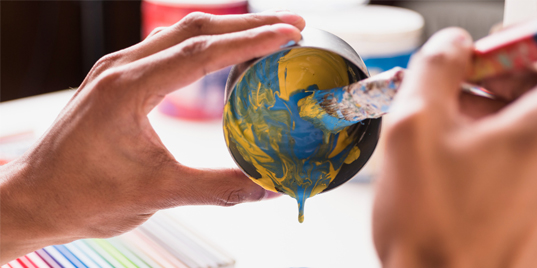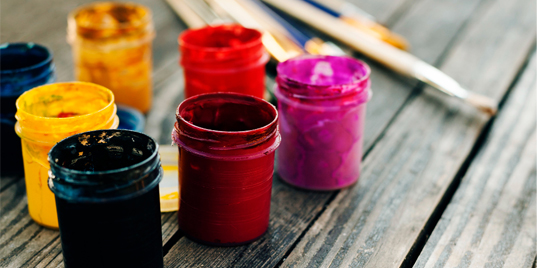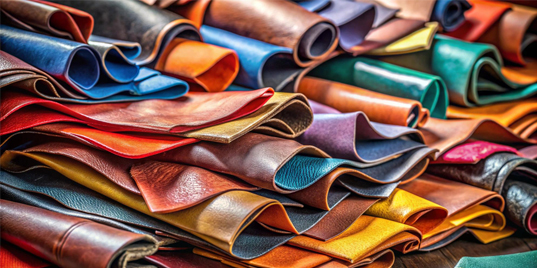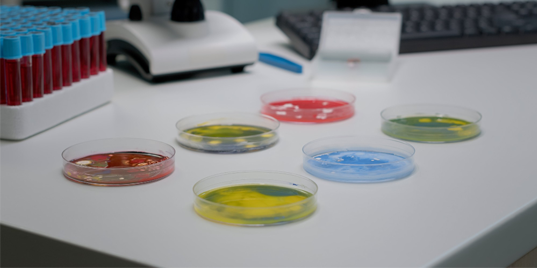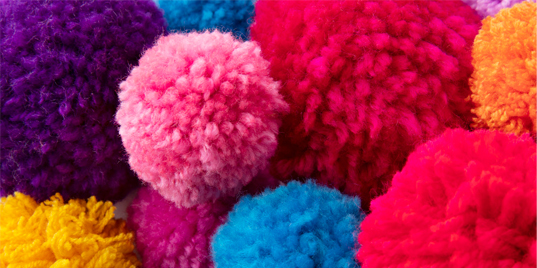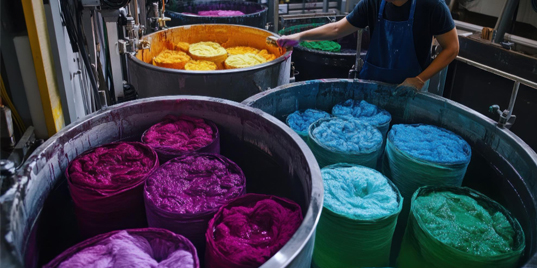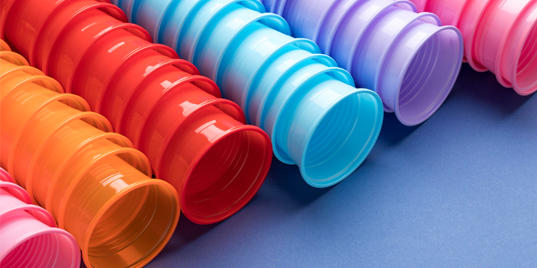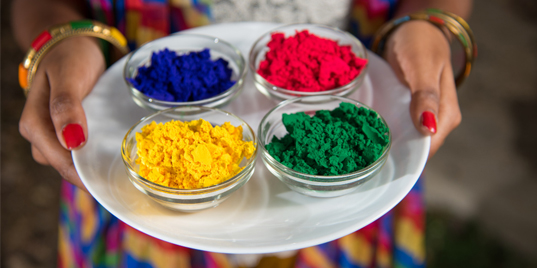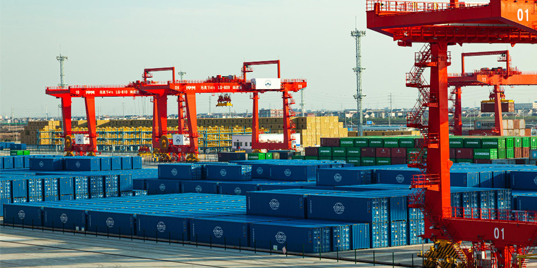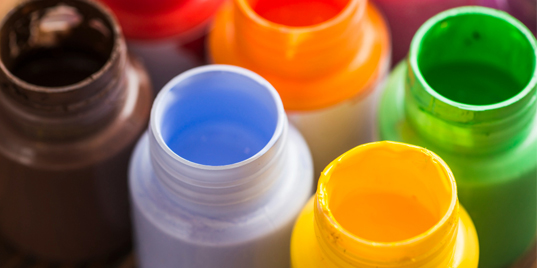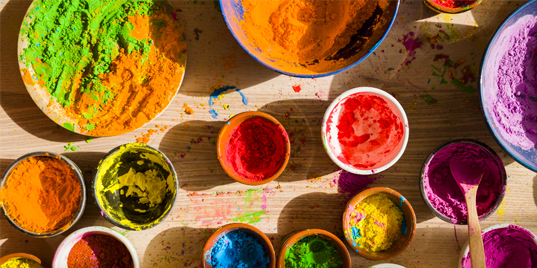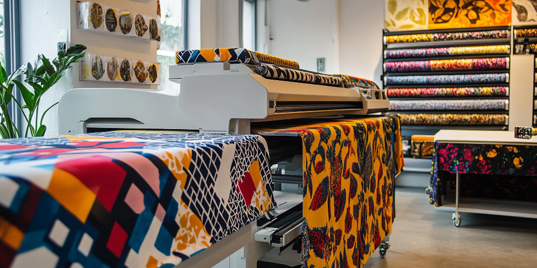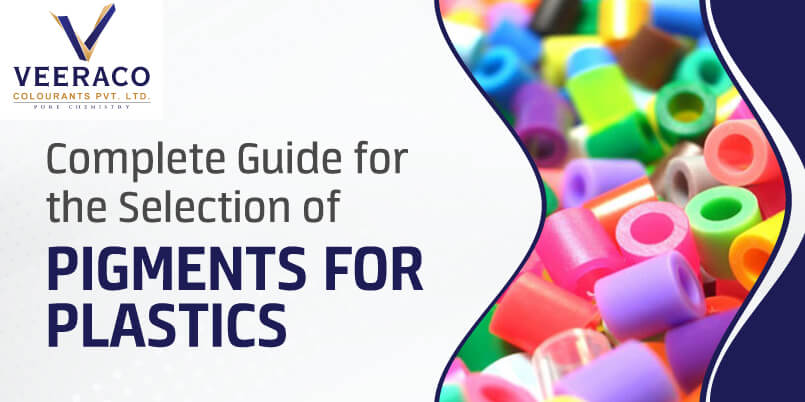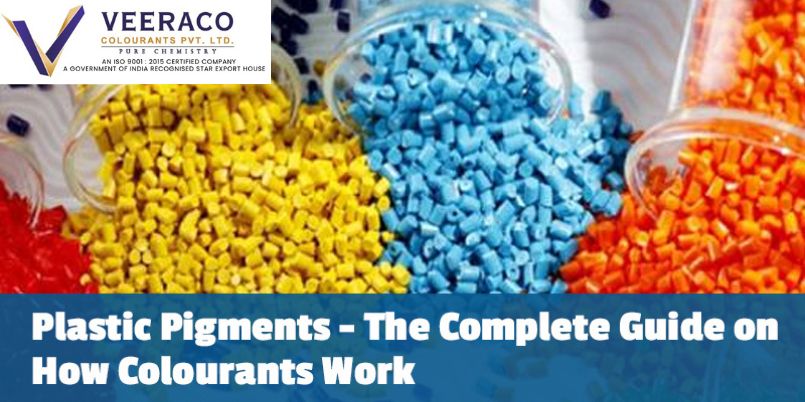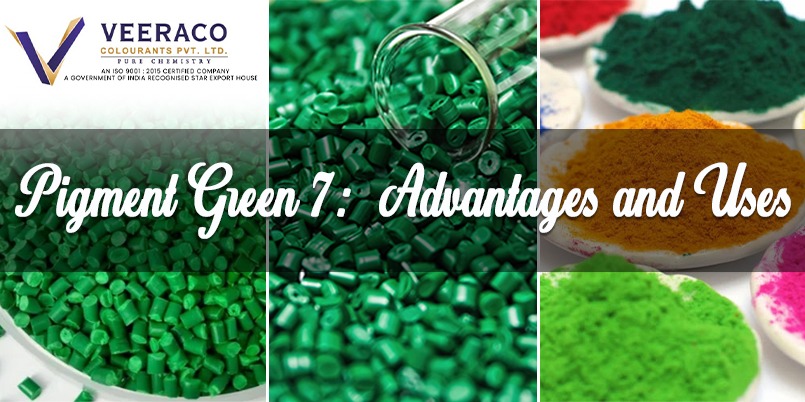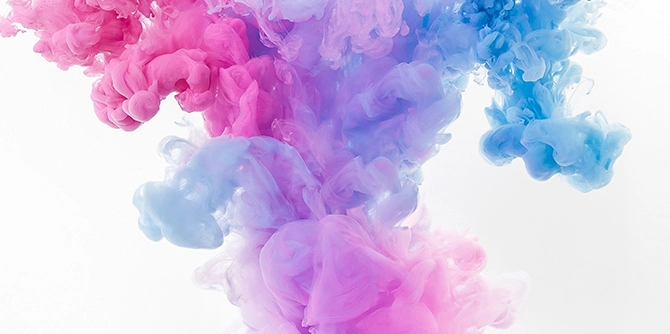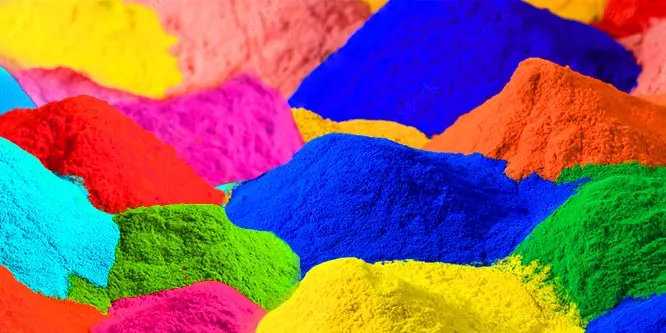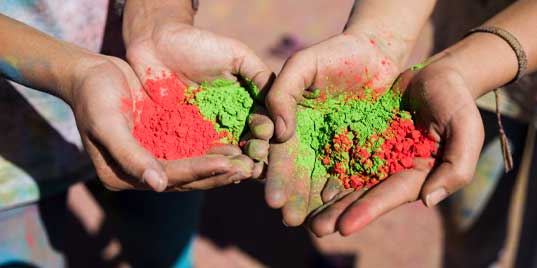
EU Green Deal Impact: What It Means for Indian Dyes Exports
- Admin
- Oct 06, 2025
EU Green Deal Impact: What It Means for Indian Dyes Exports in 2025
Environmental responsibility has moved from a marketing differentiator to a mandatory requirement for textile and chemical industries. The EU Green Deal, together with expanding regulatory frameworks and corporate sustainability commitments, reshapes demand for truly sustainable dyes and chemicals. Indian dyes manufacturers are responding by adopting cleaner technologies, improving effluent treatment, and pursuing internationally recognized certifications. This guide explains the Green Deal’s practical implications for dyes exports, the sustainability standards that matter, and how buyers can verify genuinely eco-friendly suppliers in India.
Understanding Sustainability in Dyes Manufacturing
"Sustainable" and "eco-friendly" are often used loosely. For exporters to EU markets, sustainability must be demonstrable across the full product lifecycle — from raw materials and manufacturing to use-phase impacts and end-of-life considerations. Buyers and brands now expect verifiable proof: third-party certificates, transparent emissions and effluent data, and traceable supply chains.
What Makes a Dye Truly Sustainable?
True sustainability covers multiple dimensions: raw material sourcing (renewable or responsibly sourced feedstocks), low-impact manufacturing (energy efficiency, water recycling, minimal hazardous reagents), product safety (no carcinogenic or bioaccumulative substances), end-of-life behavior (wastewater treatability and non-persistence), and social responsibility (worker safety and fair labor). Brands regulated under the EU Green Deal will increasingly require evidence across all these areas.
The EU Green Deal — Key Regulations Affecting Dyes
The EU Green Deal is a broad policy package; several elements are particularly relevant to chemical and dyes exporters:
- REACH (Registration, Evaluation, Authorization, and Restriction of Chemicals): Continued tightening of substance restrictions and registration obligations means dyes and intermediates must meet stricter hazard criteria and disclosure requirements.
- ECHA Restriction Processes: The EU can restrict or ban specific hazardous substances — manufacturers must monitor evolving restricted lists and substitute where required.
- Consumer & Product Rules under the Green Deal: New requirements on product environmental performance, due diligence, and transparency (including digital product passports) increase documentation and testing burdens on suppliers.
- Carbon and Environmental Reporting: Stricter reporting (including life-cycle footprinting and Scope 3 expectations) affects suppliers to EU brands that require embedded emissions data.
Major Sustainability Standards & Certifications Buyers Trust
European brands and regulators rely on established third-party standards to verify claims. Key certifications and programs importers commonly require include:
GOTS (Global Organic Textile Standard)
GOTS covers organic textiles end-to-end; dyes used in GOTS production must meet stringent toxicological and environmental criteria (e.g., no certain heavy metals or carcinogenic amines). Suppliers aiming for organic textile customers must ensure product-level GOTS compliance.
ZDHC (Zero Discharge of Hazardous Chemicals)
ZDHC’s MRSL restricts hazardous inputs across the supply chain. Leading brands require chemicals to be listed and screened via the ZDHC Gateway. For Indian suppliers this means aligning formulations and internal chemical management to MRSL limits and submitting transparent test data.
Oeko-Tex, bluesign®, and Cradle to Cradle
Oeko-Tex Standard 100 demonstrates product-level human safety; bluesign® addresses input-stream and factory-level impacts; Cradle to Cradle evaluates material health and circularity. Each adds credibility for different buyer segments — collectively they form the verification mosaic EU buyers expect.
Sustainable Dye Technologies and Process Improvements
To meet Green Deal-driven demand, manufacturers increasingly adopt cleaner chemistries and water/energy-saving technologies. Key approaches include:
- Low-salt reactive dyes: Reduce effluent salinity and simplify wastewater treatment.
- Low-impact metal complex dyes: Replace chromium and other hazardous metals with safer alternatives.
- Supercritical CO₂ dyeing (where appropriate): Eliminates water use for polyester — promising but capital-intensive.
- Digital textile printing: Minimizes dye consumption and waste for fashion and short-run production.
- Bio-based and biotechnology-derived dyes: Emerging routes using renewable feedstocks or fermentation to reduce petrochemical dependence.
Water, Effluent Management and ZLD
Water stewardship is central to Green Deal expectations. Advanced effluent treatment, water recycling and, in some regions, Zero Liquid Discharge (ZLD) systems are becoming prerequisites for EU-bound supply chains. Buyers will ask for treatment performance data (BOD/COD, salts, heavy metals, specific MRSL analytes) and evidence of continuous monitoring.
Energy, Carbon Footprint and Scope 3 Expectations
EU brands increasingly request product-level carbon metrics and Scope 3 data. Suppliers investing in renewable energy, energy efficiency, and carbon accounting are better positioned. Simple steps like solar installations, heat recovery, and process optimization reduce both emissions and long-term costs.
How Buyers Can Verify Genuine Sustainability — Practical Checklist
To separate real sustainability from greenwashing, buyers should request and verify specific evidence:
- Certificates: Ask for valid copies of REACH registration (where applicable), ISO 14001, ZDHC Gateway entries, Oeko-Tex, GOTS (product-level), and bluesign® where relevant.
- Analytical Reports: Latest independent lab reports for effluent parameters, MRSL analyte testing on formulations, and product safety tests.
- Facility Data: Effluent discharge monitoring logs, water recycling percentages, and energy mix (renewables vs grid) figures.
- Third-party Audits: External sustainability/CSR audits or brand audits and corrective action records.
- Transparency Documents: Chemical inventory, material safety data sheets (MSDS/SDS), and life-cycle or carbon footprint reports (if available).
- Site Visits / Virtual Tours: Inspect effluent treatment plants, production lines, and storage practices — ask specific questions about sludge handling and byproduct disposal.
Regulatory & Commercial Impacts for Indian Exporters
The EU Green Deal increases compliance costs (testing, monitoring, treatment upgrades), but also creates commercial premium opportunities for compliant suppliers. Non-compliance risks market access restrictions, rejected shipments, or brand delisting. Early movers that invest in verifiable sustainability can secure preferred supplier status with major European brands.
The Economics: Costs, Premiums and ROI
Sustainable upgrades carry upfront CAPEX (e.g., ZLD, solar, advanced treatment) and OPEX (certification, testing). However, benefits include access to premium markets, reduced regulatory risk, improved brand partnerships, potential energy/water cost savings, and long-term resilience. Many buyers accept price premiums (typically 5–25%) for verified sustainable inputs.
Spotting Greenwashing — Red Flags
Watch for vague claims without documentation, self-issued “certificates,” unverifiable logos, or refusal to share test reports and audit findings. Credible suppliers willingly provide certificates, test data, and access for audits; those that resist should raise caution.
Future Trends and Strategic Moves for Suppliers
Anticipated trends include wider adoption of circular models (dye recovery and reuse), expanded MRSLs, mandatory product-level environmental declarations, and growth in bio-based dye technologies. Suppliers investing now in traceability, low-impact chemistries, and renewable energy gain first-mover advantage.
Veeraco's Approach to Green Deal Compliance and Sustainability
Veeraco Colourants recognizes the business and ethical imperative of sustainability. Our investments focus on robust effluent treatment, energy efficiency, low-salt and ZDHC-compatible formulations, and transparent third-party certification. We work closely with EU brand teams to provide documentation, testing data, and support for supplier assessments.
Our sustainability program includes ISO 14001 certified management systems, ongoing ZDHC MRSL alignment, Oeko-Tex and GOTS-approved product ranges, water-recycling initiatives, and gradual deployment of renewable energy across our manufacturing footprint.
Practical Next Steps for Buyers and Suppliers
Buyers: require certificates and test reports, include sustainability clauses in contracts, and prioritize suppliers with traceable environmental performance. Suppliers: invest in treatment and monitoring, align formulations with MRSL lists, obtain credible certifications, and document continuous improvement projects.
Conclusion
The EU Green Deal accelerates the transition to verifiable sustainability in dyes and chemicals. For Indian exporters this creates both compliance costs and commercial opportunities. Suppliers that demonstrate real environmental performance through third-party certification, measurable treatment and emissions data, and transparent reporting will be the preferred partners for European brands in 2025 and beyond.
Contact Veeraco to discuss our sustainable dyes offerings and experience our commitment to environmental responsibility and continuous improvement in sustainability performance.

